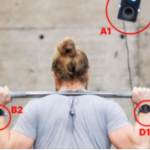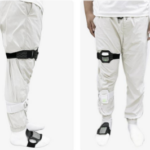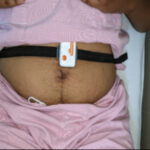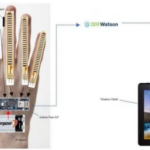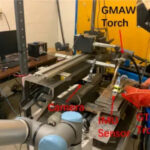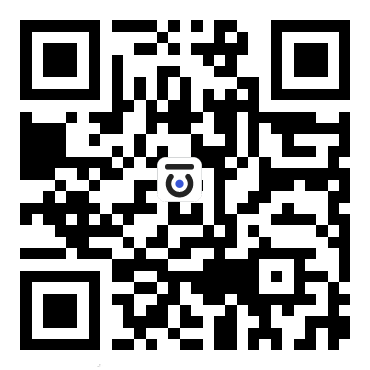Humans are accelerating the process of allowing machines to learn their skills and intelligence, and robots are becoming increasingly intelligent and more collaborative with humans, but humanoid robots still face significant difficulties in performing locomotor tasks. To achieve robust bipedal locomotion of humanoid robots, a complete system must be built to address dynamic and consistent motion planning, feedback control, and state estimation.
Mihaela Popescu's team from Germany used a motion capture system for whole-body control of a humanoid robot, comparing high-frequency external motion capture feedback with a proprioceptive state estimation method based on internal sensor measurements through deep squatting and single-leg balancing experiments with the humanoid robot RH5.

Figure 1 The control framework of the humanoid robot RH5 includes a whole-body controller for receiving feedback from a state estimation module, which is based on an external motion capture system or proprioceptive sensors
The RH5 robot is equipped with multiple sensors: IMU (Inertial Measurement Unit), joint encoder, force-torque sensor, foot contact sensor and stereo camera.
The proprioceptive state estimation system consists of IMU sensors, joint encoders, and foot contact sensors. The external motion capture system consists of three cameras connected to a computer to track the reflective markers on the IMU frame of the robot, provide accurate and fast state feedback to the whole-body controller, and transmit data in real time over the network to retrieve the pose of the humanoid floating base for direct comparison with IMU data-based proprioceptive state estimation methods.

Figure 2 Four reflective markers are placed on the humanoid robot torso to track the robot IMU frame through the motion capture system
In the experiments, the RH5 robot did two different full-body movements: squatting and single-leg balancing. In the squat experiment, the vertical motion tracking of the robot was evaluated at two execution speeds of 10 and 16 seconds per squat. In the single-leg balance experiment, the center of mass and foot tracking were evaluated when lifting one leg at different heights of 10 cm and 15 cm, respectively.
Experimental results showed that the mean root mean square error of proprioceptive state estimation was 0.004 in the squat experiment and 0.002 in the external motion capture state. the mean root mean square error of proprioceptive state estimation was 0.01125 in the single-leg balance experiment and 0.0085 in the external motion capture state.
It follows that external motion capture feedback can be reliably used for whole-body control of humanoid robots and shows better stability than proprioceptive state estimation methods, allowing the robot to perform robust bipedal movements or other complex tasks.

